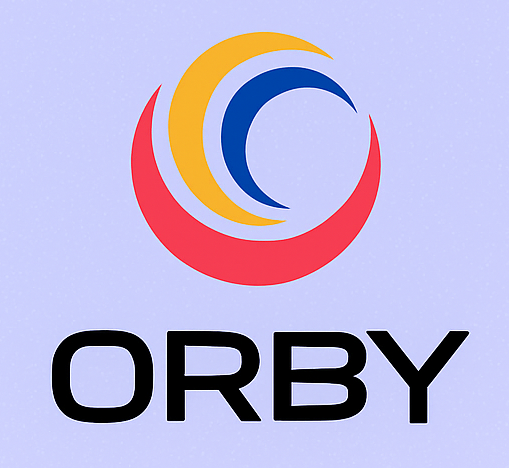Using artificial intelligence (AI) in Power Automate flows can make automation smarter, more efficient, and more adaptable to complex tasks. Here’s why AI is a game-changer in Power Automate:
- Intelligent Data Processing
AI can analyze text, images, or documents, making it easier to extract key information from emails, PDFs, or forms automatically.
- Enhanced Decision-Making
AI models can help automate decision-making by assessing conditions, predicting outcomes, and recommending next steps.
- Automated Language Understanding
With AI-powered text analysis, Power Automate can understand sentiments in emails or social media comments and respond appropriately.
- Improved Efficiency
AI can handle repetitive tasks—like sorting emails, classifying documents, or detecting anomalies—without manual intervention.
- Advanced Image Recognition
Flows can use AI to scan and categorize images, recognize handwriting, or even identify objects in photos.
- Chatbots & Conversational Automation
AI-powered bots can integrate with Power Automate to manage requests, answer common questions, or trigger workflows.
- Predictive Insights
AI can analyze trends and forecast outcomes, helping businesses optimize workflows and automate decisions based on data patterns.
By integrating AI into your Power Automate flows, you can make automation not only faster but also smarter!
Microsoft provide two options to leverage AI technology into Power Automate.
- AI Builder
- ChatGPT (Azure OpenAI)
Both of these methods add intelligence to flows, but they are designed for very different purposes.
| Feature | AI Builder | ChatGTP (Azure OpenAI) |
| Use Case | Business-specific AI models (e.g., form processing, prediction, classification, object detection) | Natural language understanding, conversation, summarization, code generation, general-purpose reasoning |
| Focus | Structured AI for business processes | Conversational and generative AI |
| Examples |
· Extract data from invoices · Predict churn · Detect objects in images · Detect subjects and key phrases in emails to automate processing of messages into Cases and Queues |
· Answer questions from documents · Generate summaries · Create emails or text replies |
Intelligence type
| Aspect | AI Builder | ChatGTP (Azure OpenAI) |
| AI Type | Prebuilt or custom trained ML models | Large Language Model (LLM) |
| Training required | Some models require training (e.g., form processing) | No training needed – works out of the box with prompts |
| Data handling | Uses structured or semi-structured input | Uses unstructured natural language input/output |
Integration in Power Automate
| Aspect | AI Builder | ChatGTP (Azure OpenAI) |
| Action name | Varies by model, e.g. “Predict”, “Extract info from documents” | “Chat with GPT” (via Azure OpenAI connector) |
| Prompt – based? | No – uses trained models and predefined fields | Yes – you write prompts and feed data |
| Output format | JSON with defined fields | Text (structured or unstructured based on prompt) |
License requirements
| Aspect | AI Builder | ChatGTP (Azure OpenAI) |
| License required | Yes – AI Builder add-on capacity or per-app plan | Yes – Azure OpenAI service (usage-based pricing) |
| Billing | Based on AI Builder credits | Based on token usage (tokens = words/chars processed) |
Use Case Examples
| Use Case | AI Builder | ChatGTP (Azure OpenAI) |
| Extract name and date from scanned PDF | Yes (Form Processor) | No (Less reliable on images/PDFs) |
| Summarize a long email thread | NO | Yes (Text summarization prompt) |
| Predict if a customer will churn | Yes (Predicton model) | No |
| Generate a customer reply in natural language | No | Yes |
| Classify emails by topic or subject | Yes (Category classification) | Yes (Prompt-based classification) |
Summary
| Object | AI Builder | ChatGTP (Azure OpenAI) |
| Best for | Business-specific tasks with structured input | Conversational AI and creative/generative tasks |
| Customization | Train custom models | Customize prompts |
| Predict if a customer will churn | Yes (Prediction model) | No |
| Licensing | AI Builder credits | Azure OpenAI pay-as-you-go |
| Integration | Power Platform native | Azure OpenAI + Power Automate connector |
Licensing and Access
In Power Platform developer environments, you get full access to AI Builder features, including free usage.
You can create up to 3 developer environments per work account using the Power Platform admin centre. These environments are free, never expire, and include premium features, such as AI Builder, Dataverse, RPA, etc.
For production licenses, free monthly credits vary by plan (e.g., 5,000 credits/month for Power Apps per user, 500 credits/month for per-app)
The dev plan isn’t for production, so these usage limits don’t apply — but you still can build and test everything.
Licensing Matrix
| Environment Type | AI Builder Access | Free Credits | Notes |
| Developer Env (via Dev Plan) | Full Access | Unlimited testing | Ideal for dev/test, not production |
| Production Env with paid license | Yes | Yes (Varies) | 250–5,000 credits/month |
| Prod Env without license | No | No | Need at least Power Apps/Automate license |
Summary of licensing
AI Builder credits in a developer environment under the free Developer Plan are free and unlimited for dev/testing, but these environments aren’t intended for production use. When you’re ready to move to production, you’ll need a paid license and its included credits (250–5,000/month depending on plan).
Sandbox environments require AI Builder credits to be allocated manually from your tenant’s pool — they do not get free credits by default.

